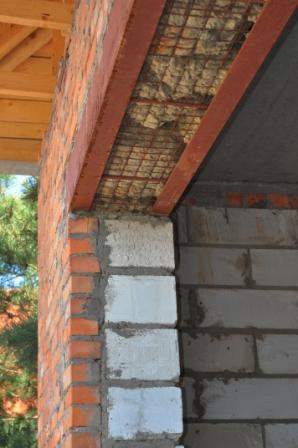Heat loss is a very important factor when looking at any home to purchase. In an un-insulated home, about 30% of the heat loss occurs through the roof, 13% through doors and windows, 16% through walls and 16% through the floor. Those numbers are all huge, especially when you think of the money being wasted as you’re heating your home and it’s all going to waste.
A thermal bridge can account for heat loss up to 30 percent in an insulated home. Basically, a thermal bridge can almost render your insulation nearly ineffective, especially if there are large amounts of thermal bridging. Careful planning and design when starting to build a new home, or renovating an existing home, are essential to preventing or limiting thermal bridges.
What is Thermal Bridging?
But what is a thermal bridge? It happens when there is a path within the home construction that allows heat to pass through and escape. Bridges occur when materials that don’t provide insulation come in contact with each other and allow the heat to bypass the insulating materials around it. These commonly occur at junctions between walls, roofs, and floors, holes cut for pipes and cables, window and door reveals, and wall ties used in masonry.
Homes with lots of thermal bridging will find that their home isn’t as energy efficient as they were hoping. More electricity/gas is used to heat the home since the insulation just isn’t as effective as it should be. Also, the cold surfaces will lead to condensation providing a propensity for mould growth and rot.
How To Prevent Thermal Bridging?
How do you prevent thermal bridging? Exterior rigid insulation and insulated foundations are two ways to minimize thermal bridging. Wall assemblies must be carefully considered to prevent the bridging that occurs at the junctions between walls, floors, and roofs. Proper planning, design and an experienced construction team are very important.
This is another reason Clay Construction is the best company to contact about custom built homes. We understand the best techniques to reduce thermal bridging to ensure your home is as energy efficient, healthy and comfortable as possible.



Recent Comments